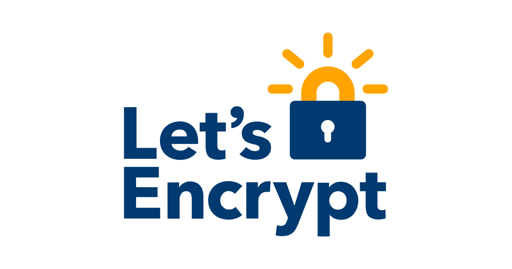Since its inception, Let’s Encrypt has been sending expiration notification emails to subscribers that have provided an email address to us. We will be ending this service on June 4, 2025. The decision to end this service is the result of the following factors:
- Over the past 10 years more and more of our subscribers have been able to put reliable automation into place for certificate renewal.
- Providing expiration notification emails means that we have to retain millions of email addresses connected to issuance records. As an organization that values privacy, removing this requirement is important to us.
- Providing expiration notifications costs Let’s Encrypt tens of thousands of dollars per year, money that we believe can be better spent on other aspects of our infrastructure.
- Providing expiration notifications adds complexity to our infrastructure, which takes time and attention to manage and increases the likelihood of mistakes being made. Over the long term, particularly as we add support for new service components, we need to manage overall complexity by phasing out system components that can no longer be justified.
Since its inception, Let’s Encrypt has been sending expiration notification emails to subscribers that have provided an email address to us. We will be ending this service on June 4, 2025. The decision to end this service is the result of the following factors:
-
Over the past 10 years more and more of our subscribers have been able to put reliable automation into place for certificate renewal.
-
Providing expiration notification emails means that we have to retain millions of email addresses connected to issuance records. As an organization that values privacy, removing this requirement is important to us.
-
Providing expiration notifications costs Let’s Encrypt tens of thousands of dollars per year, money that we believe can be better spent on other aspects of our infrastructure.
-
Providing expiration notifications adds complexity to our infrastructure, which takes time and attention to manage and increases the likelihood of mistakes being made. Over the long term, particularly as we add support for new service components, we need to manage overall complexity by phasing out system components that can no longer be justified.
Ah thanks for pointing it out, I fixed the formatting.
Much easier to read
-
Change is hard, I get it, if this change is upsetting, I’d personally figure out the automation piece. it took me a bit but after getting it going it’s rock solid. If using Linux of some flavor, acme.sh works really well.
It’s not just figuring out the automation. If they don’t have a plug-in for your DNS provider, and you need a wild card, that automation gets kind of dicey.
Agreed.
For us the mitigation is to do a little monitoring with alerts set to start casually at 29 days out and enter critical 13 days out (out from expiry).
OP, can you please remove the four spaces preceding each paragraph in your post? That syntax is for code formatting. It puts each paragraph into a single line, forcing readers into painstaking horizontal scrolling to be able to read each one. It’s like trying to read a book through a keyhole.
Fixed it now, I didn’t realize that the copy and paste had those spaces in front.
Thanks!
???
Literally this is how I know if something is wrong
I think uptime Kuma can be configured to look for expiring certs
emails
Needs a [sic] in there.
Calandar Apps have joined the chat
(Seriously, do people just not use them to set reminders?
I think yeah, most people don’t use calendars.My wife doesn’t even use one at work.
My dad though started using it after I implemented audible announcements of them in Home Assistant. He normally doesn’t use his phone or computer much, but this way anywhere he is in his house he is reminded 90min before the event and then at the event again. With this he never misses appointments at doctors and so on anymore. That was what pushed him to use a digital calendar, every missed appointment costs quite some money.
I scheduled a doctor’s appointment recently and they were confused when I opted out of SMS notifications. They were shocked when I whipped out my calendar to type the appointment in. 😅
It’s more than needing a reminder: Let’s Encrypt Certs are valid for a maximum of 90 days before they need to be reissued. Doing this 4 times (or more) a year, for years on end will be tedious and error prone.
Most tools that request and install Let’s Encrypt Certs automatically do this without the need for human interaction (30 days prior to the expiration) . Actually, they work so well you don’t notice the “behind the scenes work” that’s happening.
The problem is when this renewal process “stop working”. I’d been using Let’s Encrypt for years w/o problems, but eventually the client I was using wasn’t updating and it was using a deprecated Let’s Encrypt API. Ultimately, the cert stopped updating, but I got the email reminder from Let’s Encrypt and I was able to fix it w/o a disruption.
Now, this was just a server for personal use. So if the SSL cert expired, it would not be the end of the world. Plus, I would have gotten a bunch of SSL errors the next time my client was trying to sync data, and I probably would have dropped everything to fix it. But the email reminder was a convenient feature, which allowed me to fix it whenever I had time.
That said, if Let’s Encrypt wants to save some money for their free service, I’m certainly not going to complain (although I will miss it).







